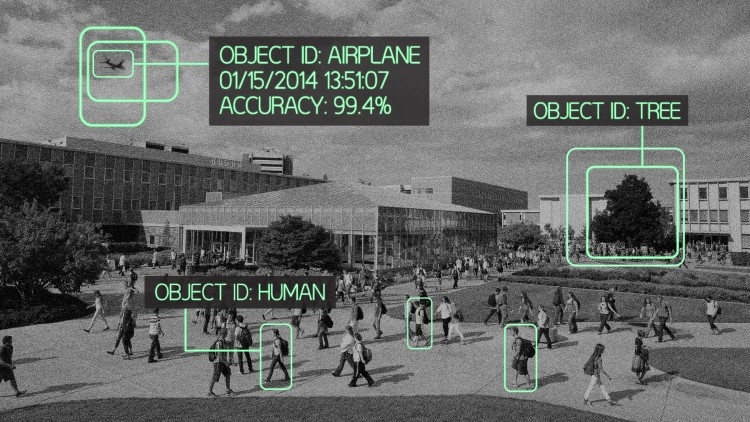BYU engineer Dah-Jye Lee has created an object recognition algorithm that can accurately identify objects in images or video sequences all by itself, without any human help. According to Lee, the unique selling proposition of the algorithm is that it defines its own set of parameters with which it performs the task. Not only this, but it also doesn't need to be reset every time a new object is to be identified.
Lee draws inspiration from the idea of teaching children the difference between two animals (say cats and dogs). Instead of manually explaining the difference, if we show children images of the animals, they learn on their own to distinguish between the two.
The algorithm works on the same principle: Instead of explaining it what to look at to distinguish between two objects, it is fed with a set of images, and just like humans, it learns on its own.
Lee's algorithm proved to be better than some of the top object recognition algorithms developed by other universities. When the algorithm was fed four image datasets from CalTech (motorbikes, faces, airplanes and cars), it was able to identify objects with 100 percent accuracy. While other algorithms proved to be 95-98 percent accurate.
According to Lee, the algorithm, published in the December issue of academic journal Pattern Recognition, could be used for various applications like detecting invasive fish species, manufacturing defects, and more.
